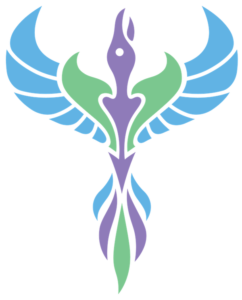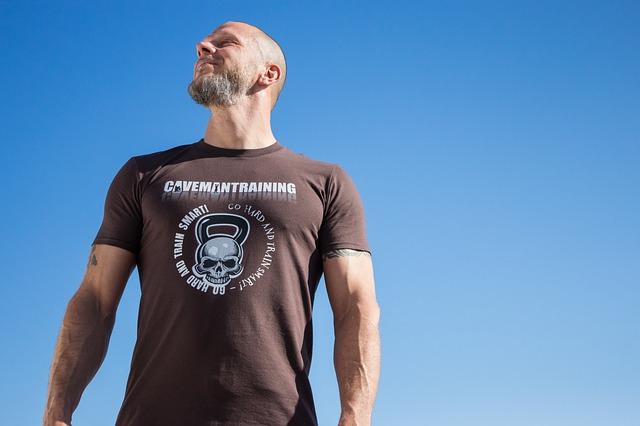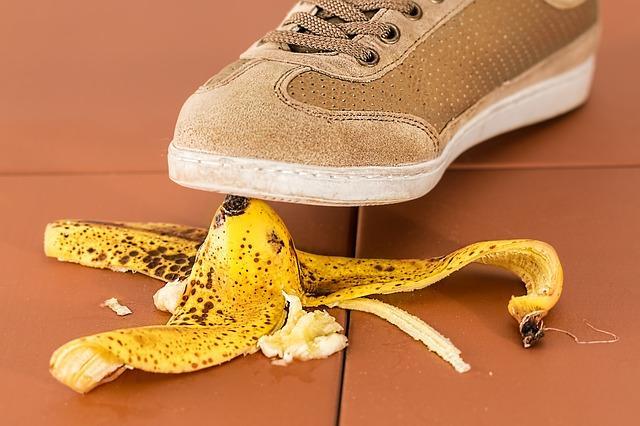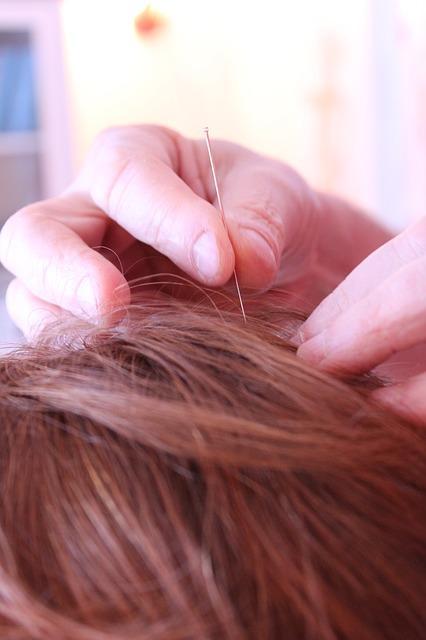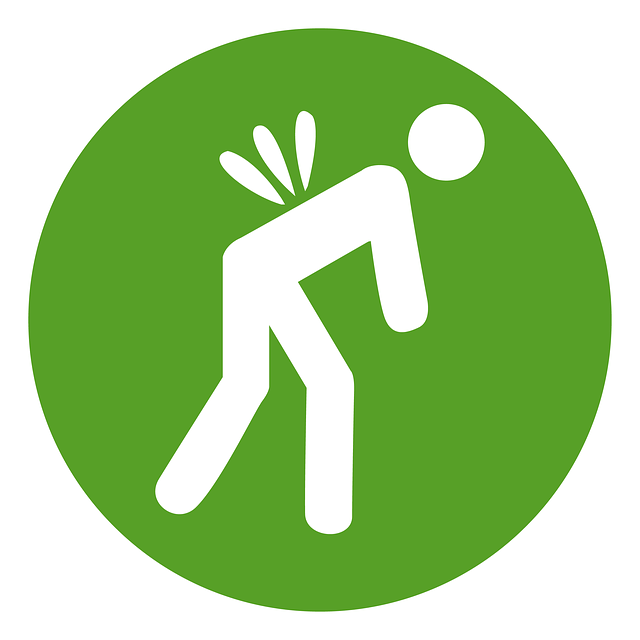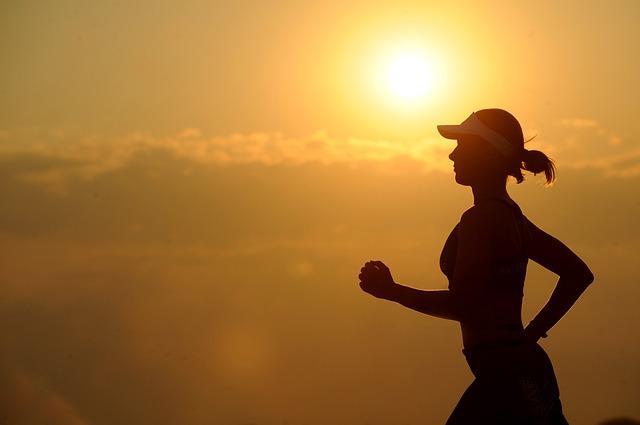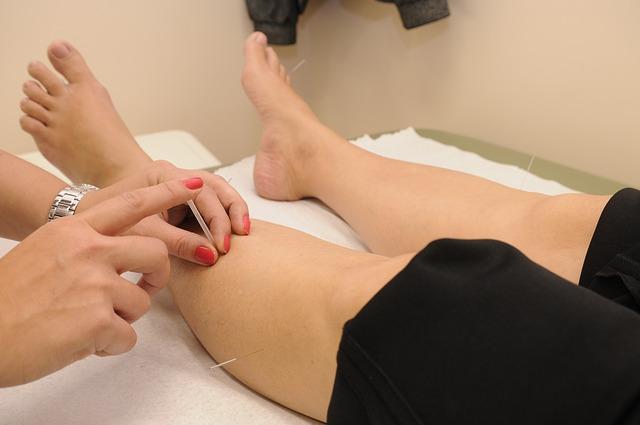Blog
The Problem with Prescription Drugs and Athletic Performance
You would be hard-pressed to find an athlete who would argue that chiropractic made them worse off
Chiropractic sports physicians focus on relieving pain and rehabilitating injury the natural way- without the necessity for surgical intervention or prescription drugs. The way we do this is by:
- Focusing on spinal alignment
- Releasing muscle tension
- Limiting the growth of scar tissue
- Increaing circulation and range of motion
Furthermore, by ensuring the alignment of the spine and thus balancing the body, we can prevent injuries from occuring in the first place.
Chiropractic is your ticket for improving reaction times and boosting performance
Success in sport is often determined by the finest of margins- the simple truth is that drugs take you one direction and chiropractic the other. If you are interested in adding chiropractic as an augment to your athletic repertoire, give our office in Park Slope a call to schedule an appointment today.
Why Athletes Should Care About Asymmetry
Athletes care about balance
So what does a balanced body look like? From a physical standpoint, it means that your body is in equilibrium- that unquantifiable state of being in which the different parts of your body work together in perfect harmony to support one another and distribute pressure equally. Even the least active person in the world is going to incur some pressure throughout the day, (chiefly through sitting, one of the hardest positions on the human body); a balanced body ensures that your likelihood for injury is at a minimum and your ability to perform your best is maintained. And of course, a balanced body begins with a properly aligned spine.
Asymmetry in the body sets the stage for injury
So what happens when your spine falls out of alignment? Asymmetry is a common result- one side of the body different than the other which usually translates to one side of the body incurring more pressure than the other. There are many factors that pull your spine out of alignment, including the presence of muscle tension, reduced mobility or pain that causes you to favor one side over the other.
How does chiropractic address asymmetry and maintain balance in Park Slope
We start with a comprehensive physical examination to determine whether asymmetry is affecting your muscular development or if subluxation is hindering your physical development in any way. Using chiropractic adjustments, we restore alignment to the spine, increase range of motion and reduce pain. If you have tight muscles that are creating a pull on the body, we use modalities such as trigger point therapy and active release technique to release soft tissues from tension.
Combating Scar Tissue Build-Up for Athletes
What happens when scar tissue builds up?
When soft tissues are damaged, whether due to acute injuries such as pulls, tears and strains, or due to repetitive trauma such as the accumulation of small tears in the muscle, scar tissue is a natural side-effect. Scar tissue forms in response to these injuries as part of the normal healing process- it is unavoidable.
The problem is that this new scar tissue is tougher and denser than what came before- it can bind to healthy tissue and create an epicenter of tightness that will make it diffult to move without pain. Scar tissue can even trap a nerve, leading to feelings of numbing and weakness that can be scary for athletes who are used to having an elevated range of motion.
What can athletes in the Park Slope area do about scar tissue build up?
While scar tissue is an unavoidable byproduct of healing, there are steps you can take to minimize it. While it is prudent to avoid stretching the injured region so as to avoid creating tension surrounding the injury, it is important to return to a full schedule of movement as soon as possible after an injiury. This helps to prevent excessive scar tissue from forming.
How can we help athletes in Park Slope minimize scar tissue and maximize their performance?
At our office in Park Slope, we offer services such as the Active Release Technique which seeks to facilitate the mobility of soft tissue after injury. This is an instrument-assisted adjustment that increases blood flow, decreases scar tissue and helps to improve range of motion following injury. Hands-on techniques including massage are also helpful for penetrating the soft tissue and encouraging a faster healing process with less scar tissue.
How we Help Athletes Reach their Goals
Chiropractic can be an important component of any athlete’s health plan
No matter what your sport or level of intensity, the human body can only take so much. Whether due to acute injury or repetitive trauma, the body is likely to take on strain and stress that result in pain. Listening to your body is an important part of preventing this pain from becoming somethine more serious. At our office in Park Slope, we help athletes stay on top of their pain and optimize the nervous system so that they gain an edge in competition.
Staying ahead of the competition with chiropractic care
- Mitigating the trauma: every sport has a unique set of demands for your body. We monitor the musculoskeletal health of your body as it goes through the different phases of development and specialization inherent in yours.
- Improving circulation: oxygenating muscles and facilitating the removal of waste products like lactic acid help your muscles repair and rebuild faster; it also brings nutrients to areas that are in need of repair.
- Protecting range of motion: alleviating nerve compression helps you feel less pain and move more freely.
- Preventing pain: by ensuring your body is balanced before your workout, we prevent injury from occuring to the joints, muscles and nerves that come under duress during workout.
Chiropractic for athletes in the Park Slope neighborhood
Chiropractic directly impacts athletic performance, making it a viable choice for athletes of all styles and abilities. If you are interested in learning more about how chiropractic can help you in your athletic life, give our office in Park Slope a call to schedule an appointment today.
Scalp Acupuncture in Park Slope
What is scalp acupuncture?
Scalp acupuncture is a form of neuro-acupuncture, a growing area of medicine which combines the knowledge of the central nervous system functioning as defined by Western medicine with the knowledge of energy pathways and needling techniques of Traditional Chinese Medicine. Scalp acupuncture is showing great promise treating both chronic and acute disorders of the central nervous system.
What conditions can be treated by scalp acupuncture?
Scalp acupuncutre is often utilized as a simultaneous treatment during the rehabilitation of people suffering from conditions including:
- Paralysis caused by stroke, MS, Parkinson’s disease and injury
- Pain related to the central nervous system
- PTSD
- Aphasia
- Ataxia
Acupoints in the scalp correspond to pathways that affect the neuroanatomy and neurophysiology of the patients. By inserting needles into these points, we effect a positive change in the symptoms presenting from the above-listed conditions.
Scalp acupuncture in Park Slope
Another benefit of acupuncture is that it stimulates feelings of relaxation in the brain and body, allowing people who are suffering to find a reprieve from their conditions. Furthermore, acupuncture is a low-risk procedure which carries few of the side effects inherent in pharmaceutical treatments. If you are interested in finding out more about how scalp acupuncture can help your condition, give our office in Park Slope a call to schedule an appointment today.
Neuro-Acupuncture: What to Expect
Neuro-acupuncture in Brooklyn
Neuro-acupuncture is a new technique that combines the tenets of Traditional Chinese Medicine with Western scientific research regarding the function of the brain. Acupuncture is well known for its capacity to optimize the body’s natural mechanism for healing and now acupuncture is being studied as a treatment for disorders of the brain. Neuro-acupuncture has shown great promise in treating both acute and chronic nervous system disorders with very few side-effects.
What conditions can be treated with neuro-acupuncture
- Stroke
- Paralysis
- Parkinson’s Disease
- Bell’s Palsey
- Traumatic Brain Injury
- Multiple Sclerosis
- Neuropathy
- and more
How does neuro-acupuncture work?
There are three forms of neuro-acupuncture which are all based upon the functioning of the nervous system.
- Scalp acupuncture: targets points on the head and directly impacts the central nervous system.
- Auricular acupuncture: targets points on the ears and impacts the central nervous system.
- Biomedical acupuncture: also known as Integrative Neuromuscular Acupoint System, this type targets acupoints throughout the body that affect both the peripheral and central nervous systems.
What to expect with neuro-acupuncture
We target acupoints, both in the head and throughout the body, that correspond to your particular condition and insert thin needles to stimulate the body’s nervous system. The needles are left in for 30 minutes in which time many people find their breathing will slow and feelings of relaxation will set in.
Your neuro-acupuncture specialists in Brooklyn
At Community Chiropractic & Acupuncture, we are your go-to resource for neuro-acupuncture in the Park Slope neighborhood. If you are interested in finding out how acupuncture can help with your neurological condition, give our office a call to schedule an appointment.
Surviving Sciatica with the Cox Technique
The Cox Technique offers natural pain relief for people suffering from sciatica
When it comes to dealing with the debilitating and annoying pain of sciatica, many people have found relief with the Cox Flexion Distraction technique. Using a specialized table, which can be moved and adjusted to account for your specific condition, we put you in a position of comfort that relieves pressure from the back and neck. Once we have established a relaxing position, we perform low-force adjustments with the goal of creating a vacuum effect in the affected region. In the case of a herniated disc impinging on the sciatic nerve, the bulging material will retract into its original place and stop causing sciatic nerve pain.
Cox Flexion Distraction technique in Park Slope, Brooklyn
The Cox technique is an important part of the natural pain relief that we offer at our office in Park Slope. If you are interested in finding out how Cox Flexion Distraction can help you overcome sciatic nerve pain, give our office a call to schedule an appointment today.
Acupuncture for Fertility in Brooklyn
Acupuncture is effective at relieving stress and thus, increasing chances of conception
According to Traditional Chinese Medicine, stress acts as a traffic jammer, preventing the free flow of energy throughout the body. This is most easily related to the Western idea that stress causes muscle tension- in both cases, circulation to muscles is reduced, causing pain tightness and limited range of motion. Acupuncture seeks to unblock these pathways to help the energy flow smoothly.
- Acupuncture naturally regulates the body’s chemical balance
- Acupuncture releases endorphins, the body’s natural pain-killing chemicals.
- Acupuncture improves circulation of blood through the body, oxygenating tissues
- Acupuncture facilitates the flushing out of waste chemicals such as cortisol
- Acupuncture helps to decrease heart rate, lower blood pressure and relax muscles.
Acupuncture is an amazing way to treat stress without drugs or therapy; the process itself is relaxing and influences calm for days after treatment.
Acupuncture is an effective method for treating infertility in Brooklyn
Stress is a good place to look when fertility tests have determined that no clear medical reason exists for your infertility. At our office in Park Slope, we focus on using acupuncture to improve fertility in the following ways:
- Reducing stress: stress has a great impact on fertility.
- Increasing blood flow to the reproductive organs, including the ovaries and uterus, boosting the likelihood of an egg being nourished and carried through pregnancy.
- Balancing the endocrine system
If you are looking for an alternative to standard infertility treatments, it is worth trying acupuncture; give our office in Park Slope a call to schedule an appointment today.
How to Boost Athletic Performance with Acupuncture
Acupuncture is deservedly carving its name into the fabric of athletic performance
Yes, acupuncture is a safe and natural treatment, but it is also effective, and this is why its use is growing on professional sports circuits around the globe. Athletes are using acupuncture to improve performance in the following ways:
- Reduces swelling
- Manages pain
- Increases flexibility
Because of its role in supporting optimal wellness, acupuncture fits hand in hand with an athlete’s pursuit of specialization and fitness in a given sport.
Individualized acupuncture to help athletes in Park Slope, Brooklyn
At Community Chiropractic and Acupuncture, our acupuncture treatment is personalized to the individual- given the unique demands of your sport, your level of fitness and physical condition, as well as any ongoing concerns you have regarding pain and range of motion, we customize an acupuncture plan that will work for you.
Acupuncture offers sustainable pain relief
While taking drugs is effective at masking pain, the way it lets you down is by not seeking out the cause of the pain. Acupuncture stimulates your body’s ability to heal itself; when the needles are inserted your body releases endorphins, a natural painkiller, that stimulates pain relief instantly and lasts for a long time. Furthermore, acupuncture decreases inflammation and swelling and helps to improve flexibility, helping you get back on the field faster.
Acupuncture for athletes in Park Slope, Brooklyn
If you are interested in finding out more about how our acupuncutre treatment can help you perform better, give our office a call to schedule an appointment today!
Acupuncture for Athletic Injuries
Athletes in Park Slope are frequently injured
It’s the nature of sport: while you are doing your body a tremendous amount of good, you are also putting a tremendous amount of extra strain on your body at the same time. The degree to which you strain your body depends on the degree of your training, but for each athlete the story is the same- you are doing a lot more to your body than someone who sits on the couch all day. For example, the very nature of muscle building requires you to create micro-tears in the muscle which then repair to grow stronger. Among the most common injuries in sport are joint sprains Injuries in sports generally fall into two categories:
- acute traumatic injury
- overuse/repetitive trauma injury
Acupuncture for athletic injuries in Park Slope
A sprain or strain usually involves inflammation and swelling of the affected region. The standard response that most people find success with involves the acronym RICE: Rest, ice, compression, elevation. And while there is no messing with conventional wisdom, many athletes are finding that another element can be added into the recovery program (although it doesn’t fit anywhere in the acronym): acupuncture.
At Park Slope Chiropractor, we have two main goals when approaching athletic injuries with acupuncture: 1.) to stop pain quickly and 2.) to improve recovery time from the injury. Acupuncture stimulates the body’s adrenaline response to combat pain during treatment, while also rectifying the identified disorder and restoring internal harmony. It is clinically shown to reduce inflammation and swelling.
Treating sports injuries in Park Slope, Brooklyn
At Community Chiropractic and Acupuncture, we have experience treating athletic injuries using both chiropractic therapy and acupuncture. If you are itching to get back on the playing field, but a nagging complaint is holding you back, give our office in Park Slope a call to schedule an appointment today.
